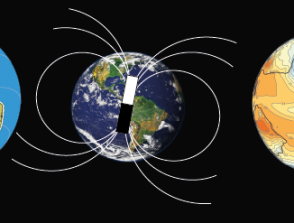Centennial variations of the Earth’s magnetic field strength: from archaeomagnetism to core processes
Start: 01 October 2017
End: 27 November 2020
Supervisors :
Yves Gallet, Alexandre Fournier
Related teams :
Paleomagnetism Paleoclimate Environment (PAMCE)
Status: Defended





